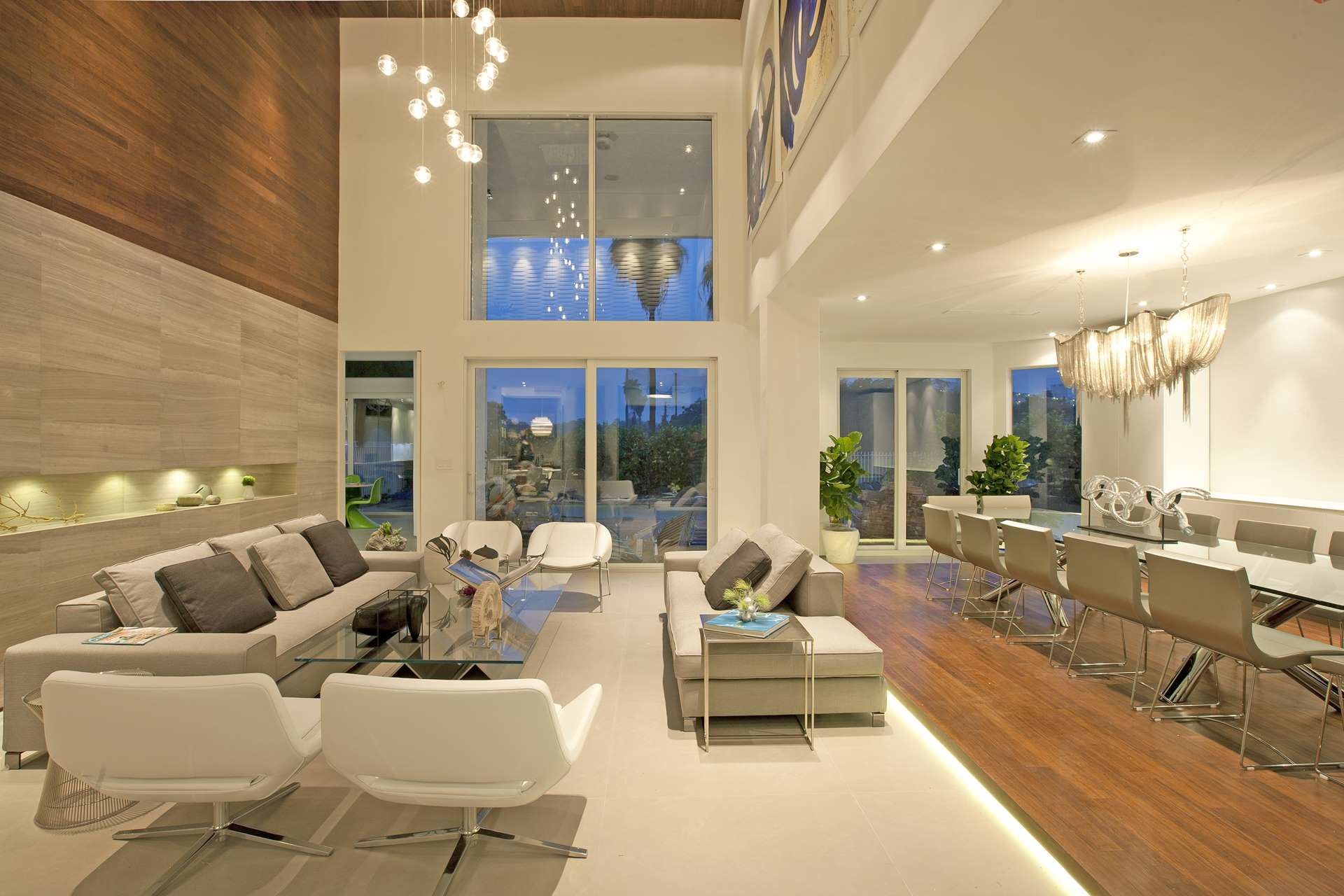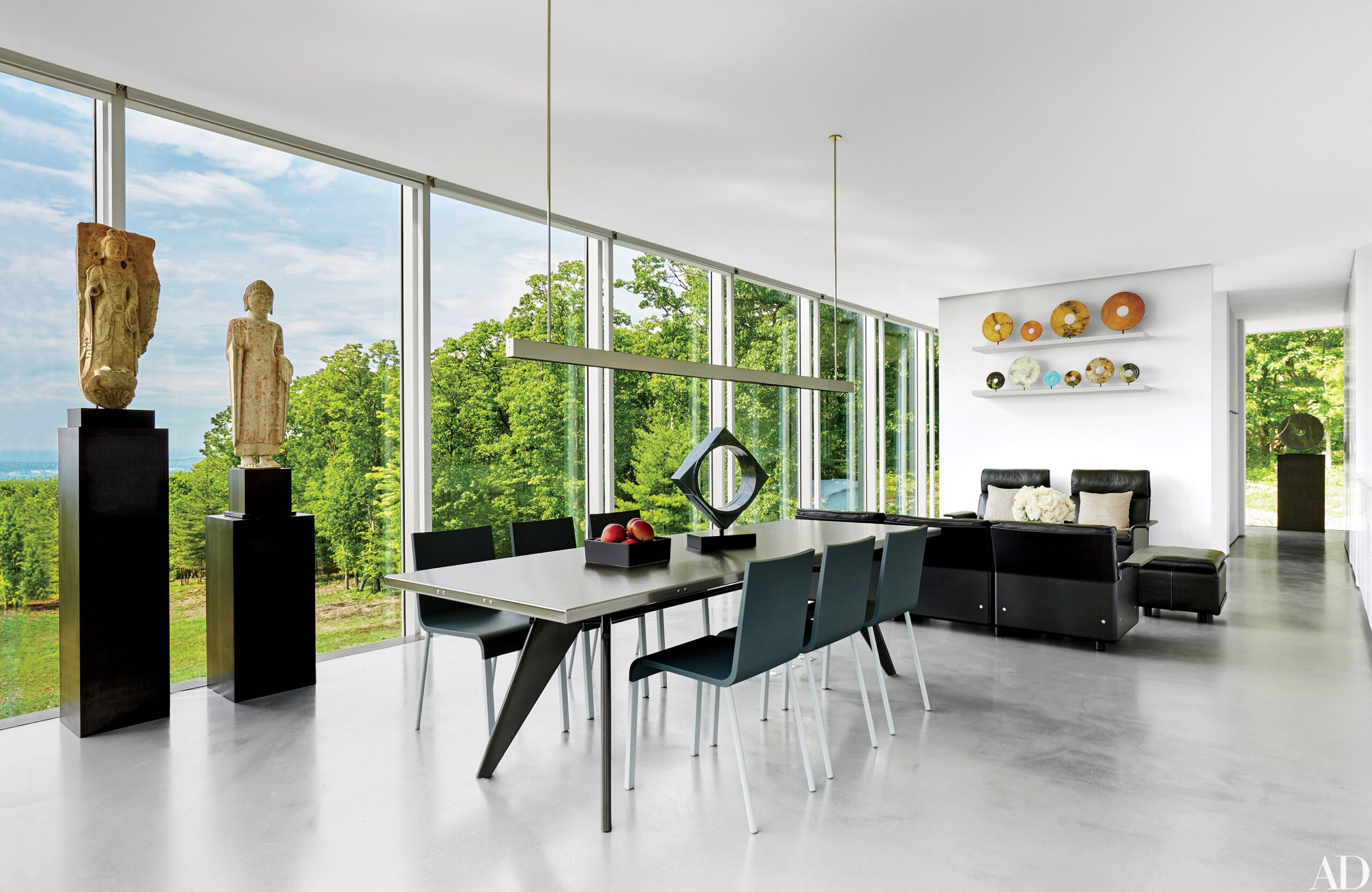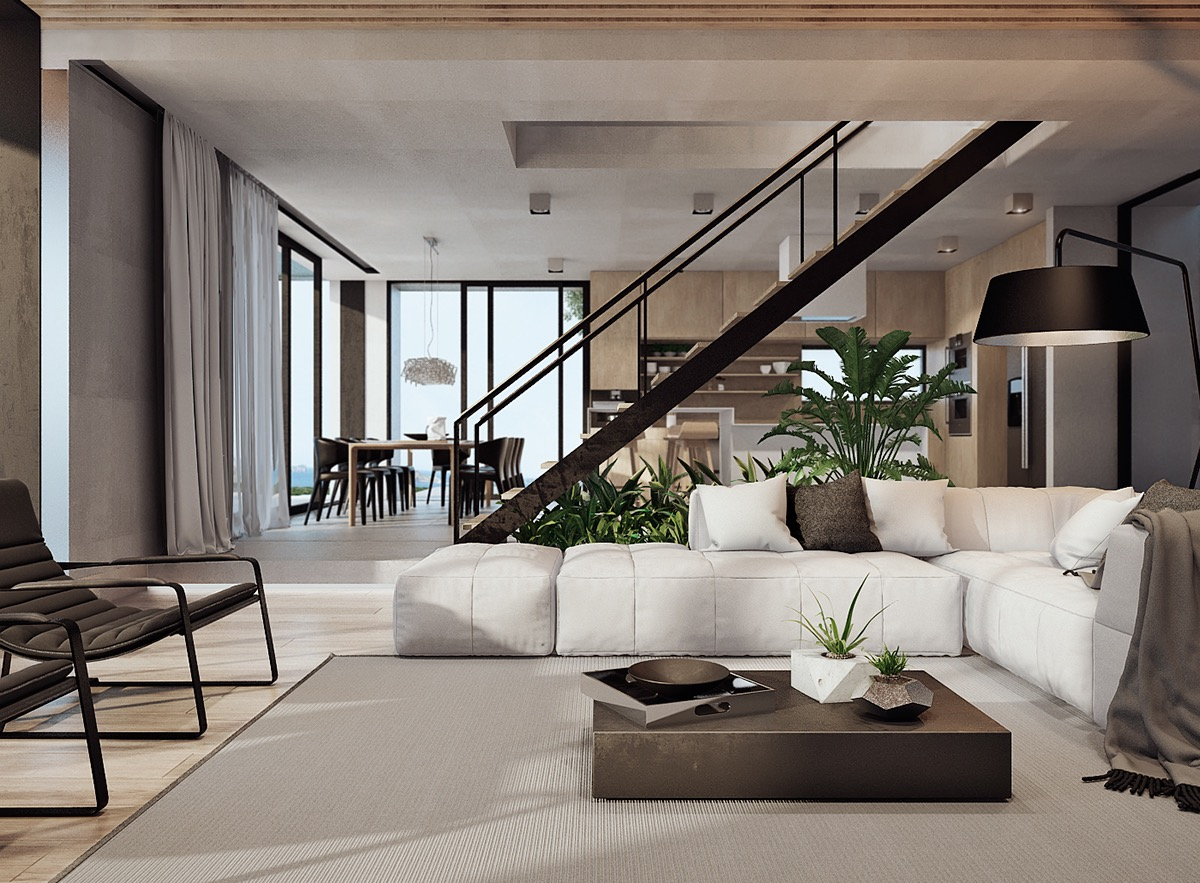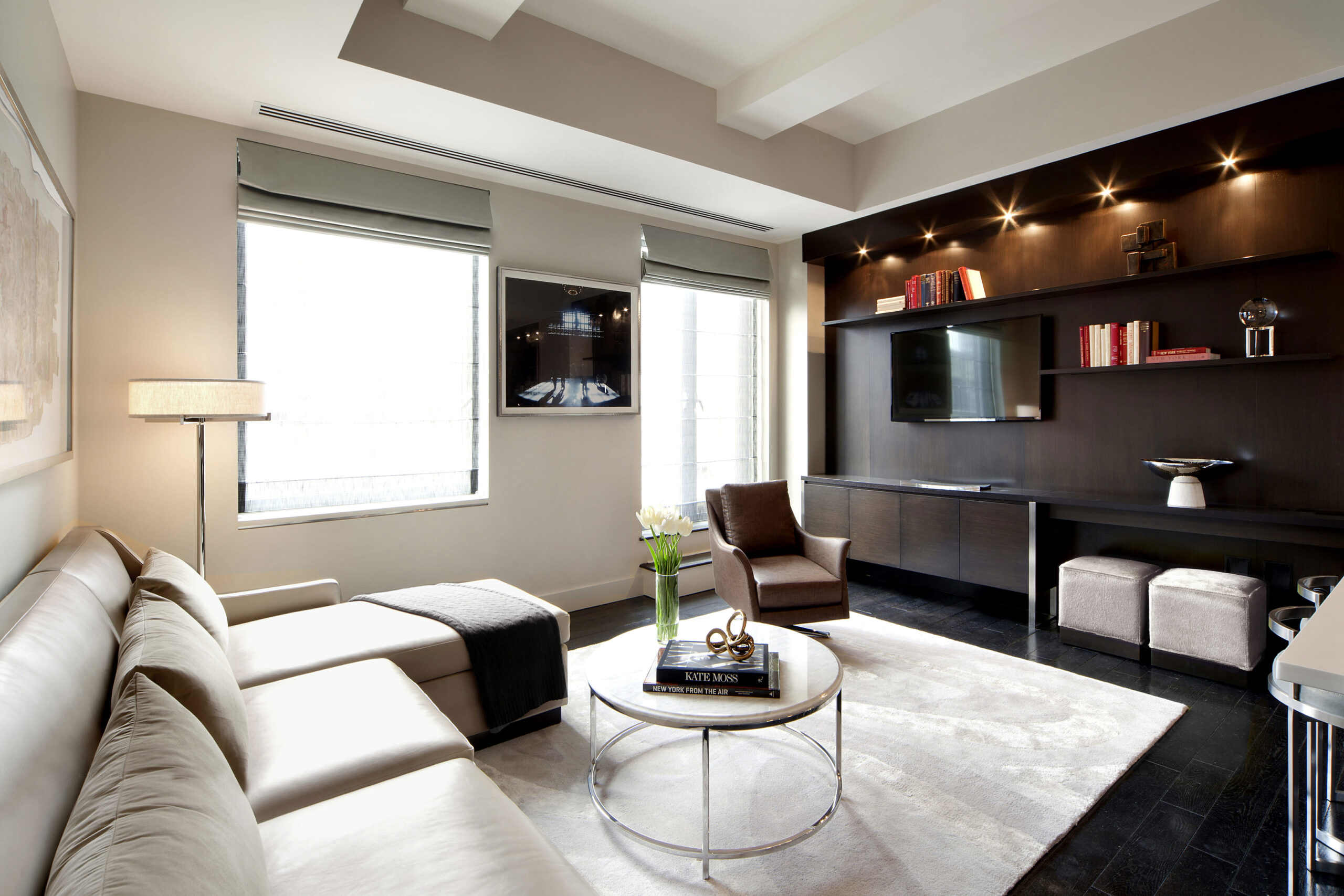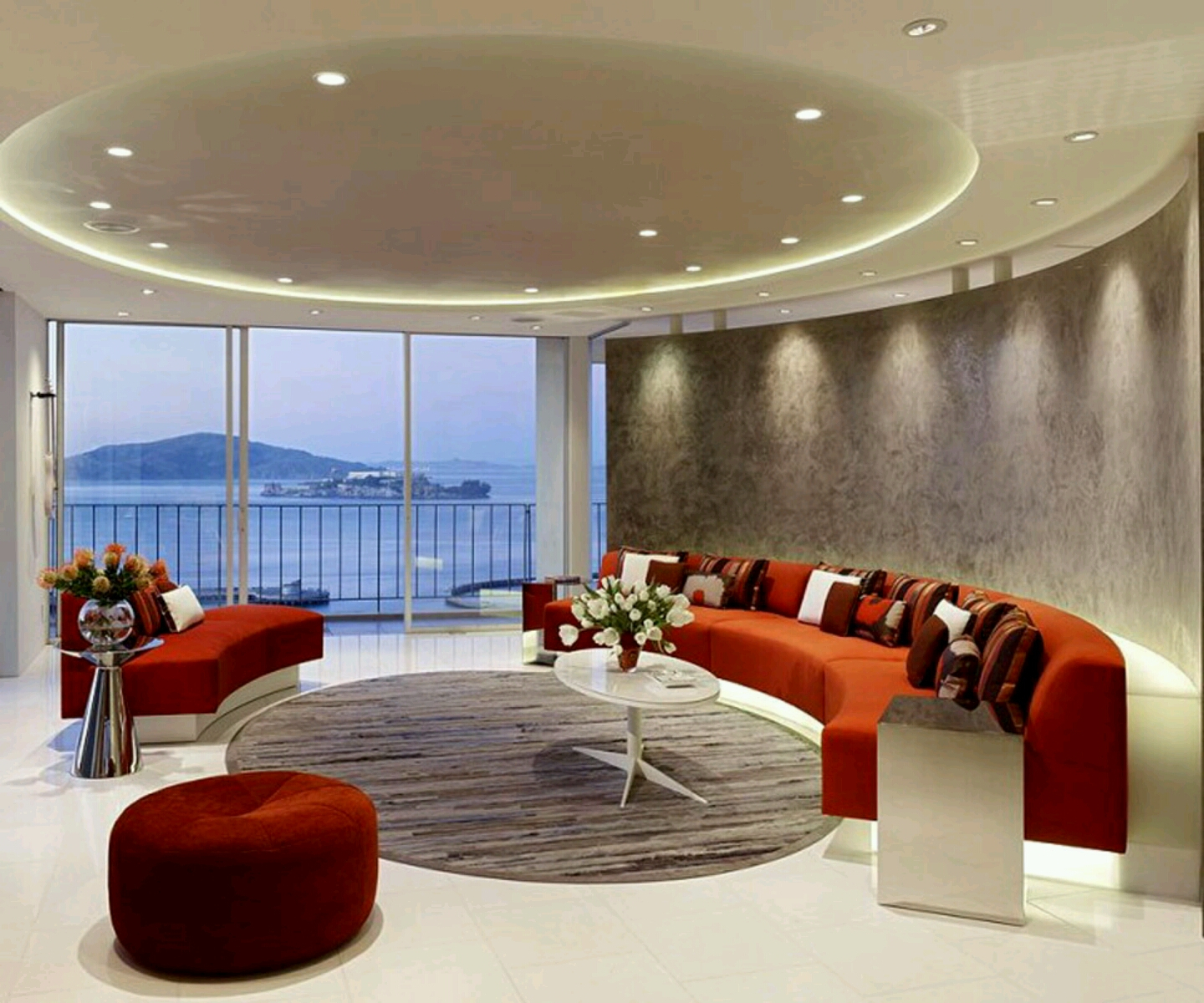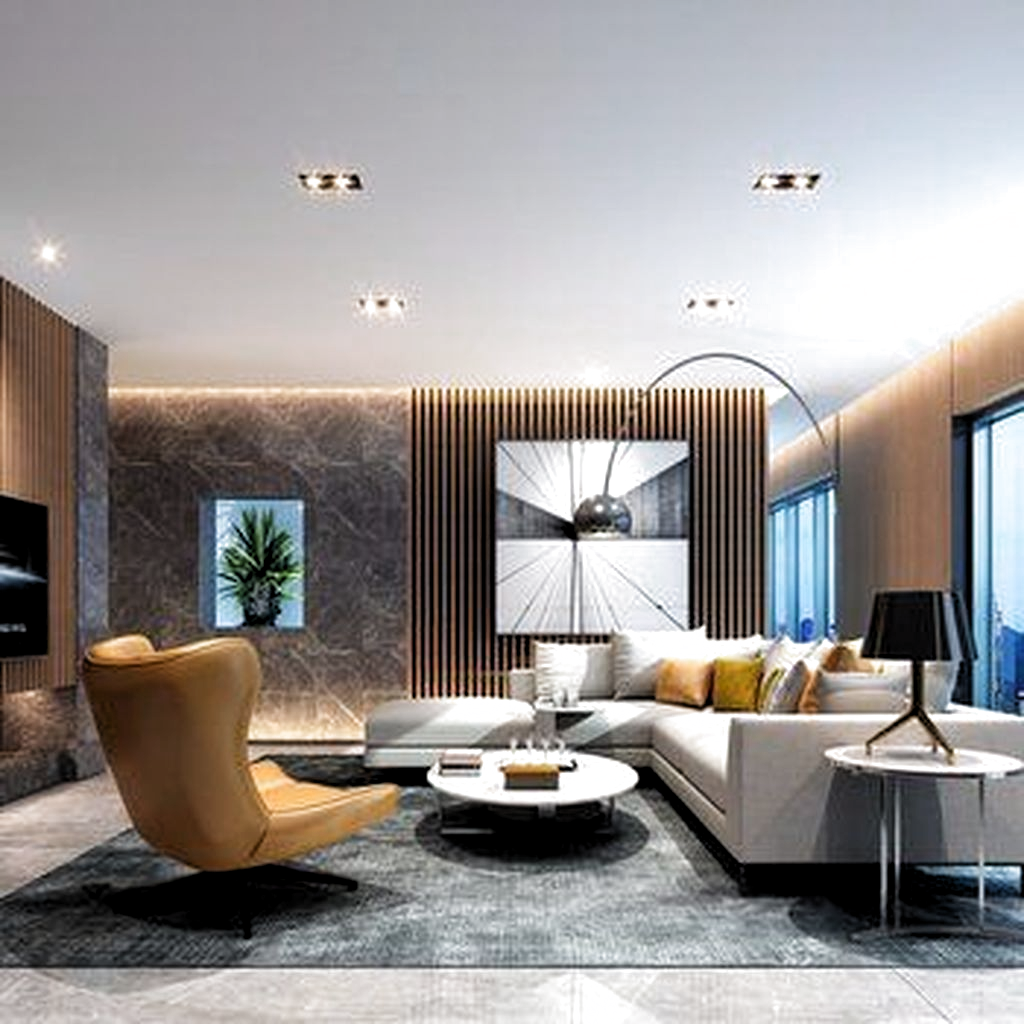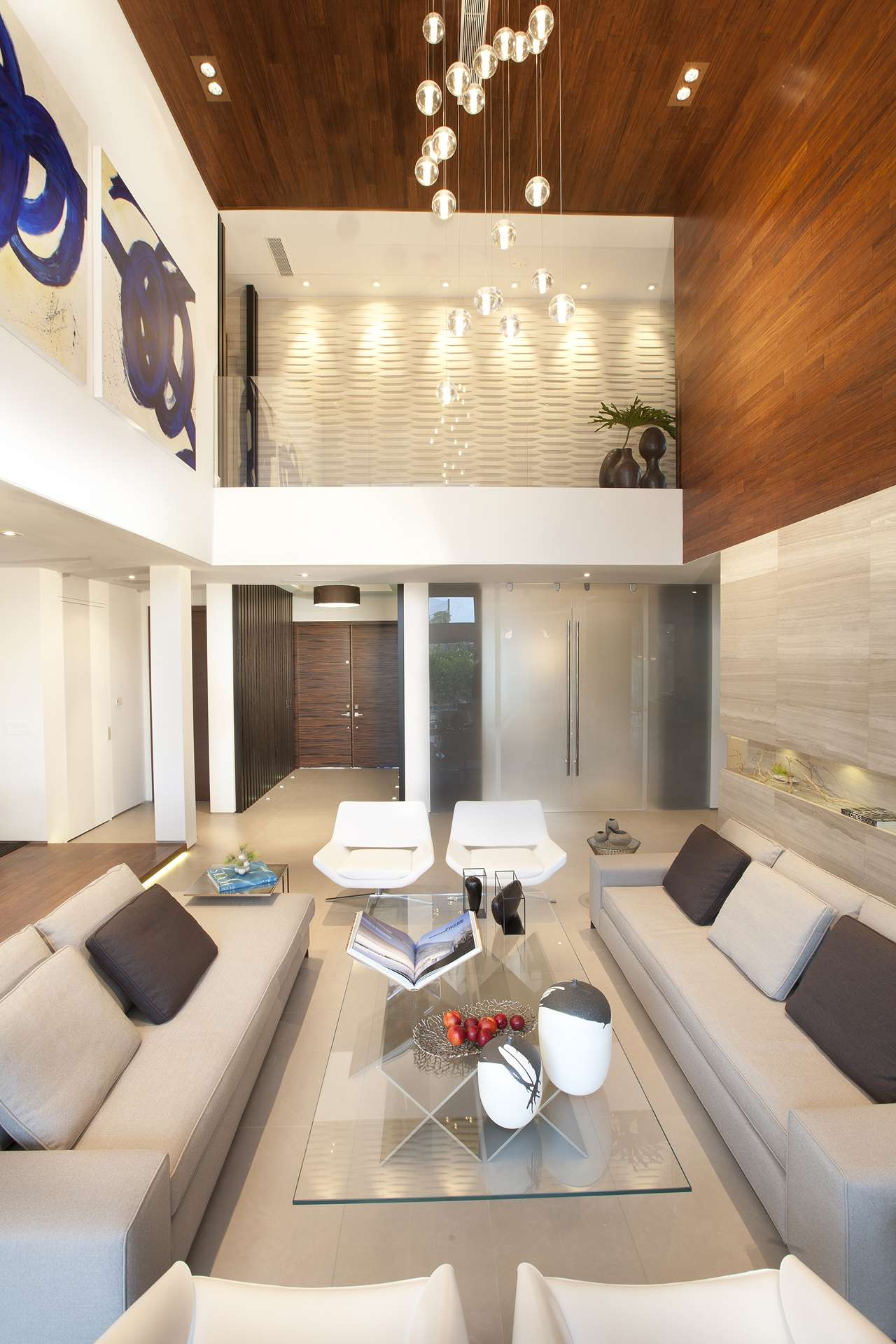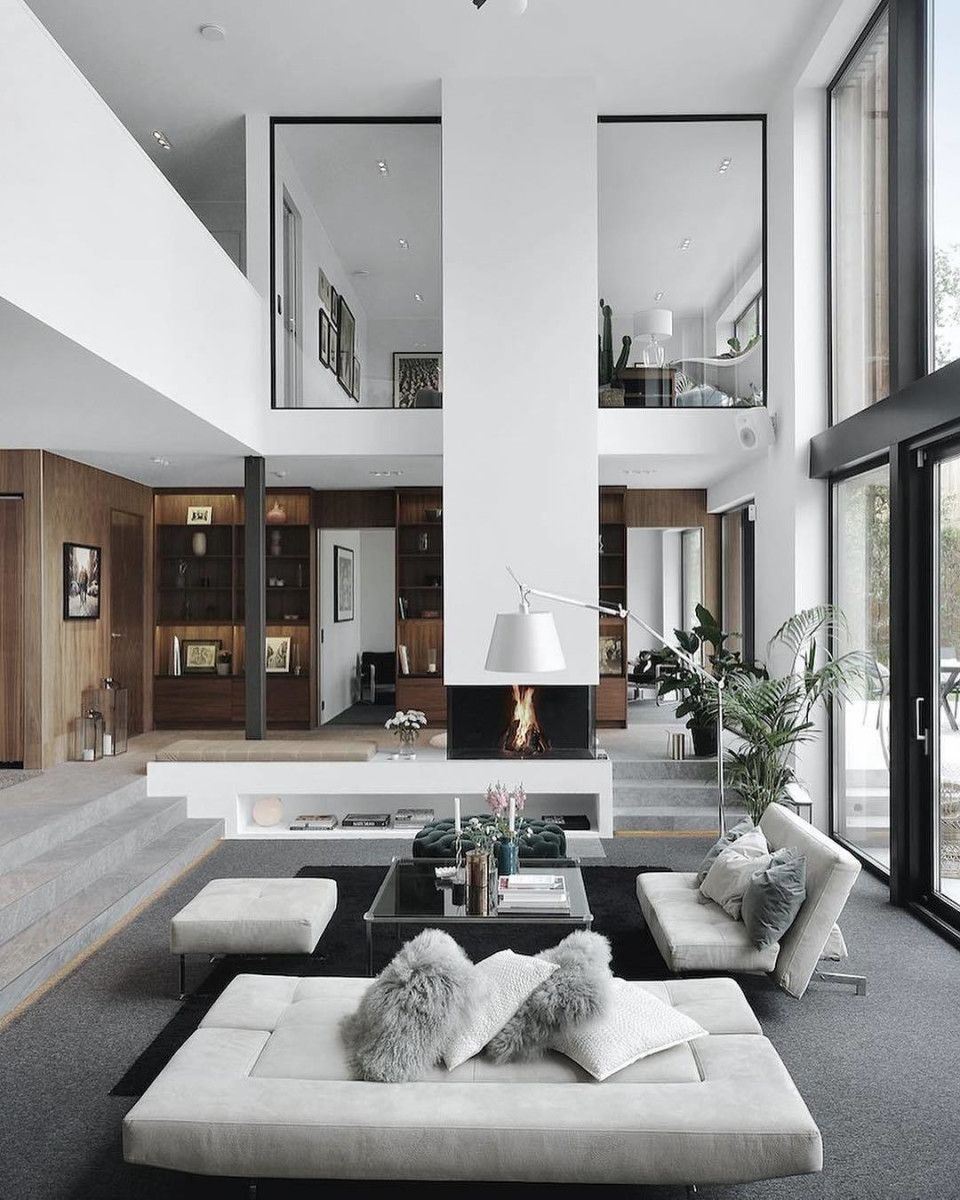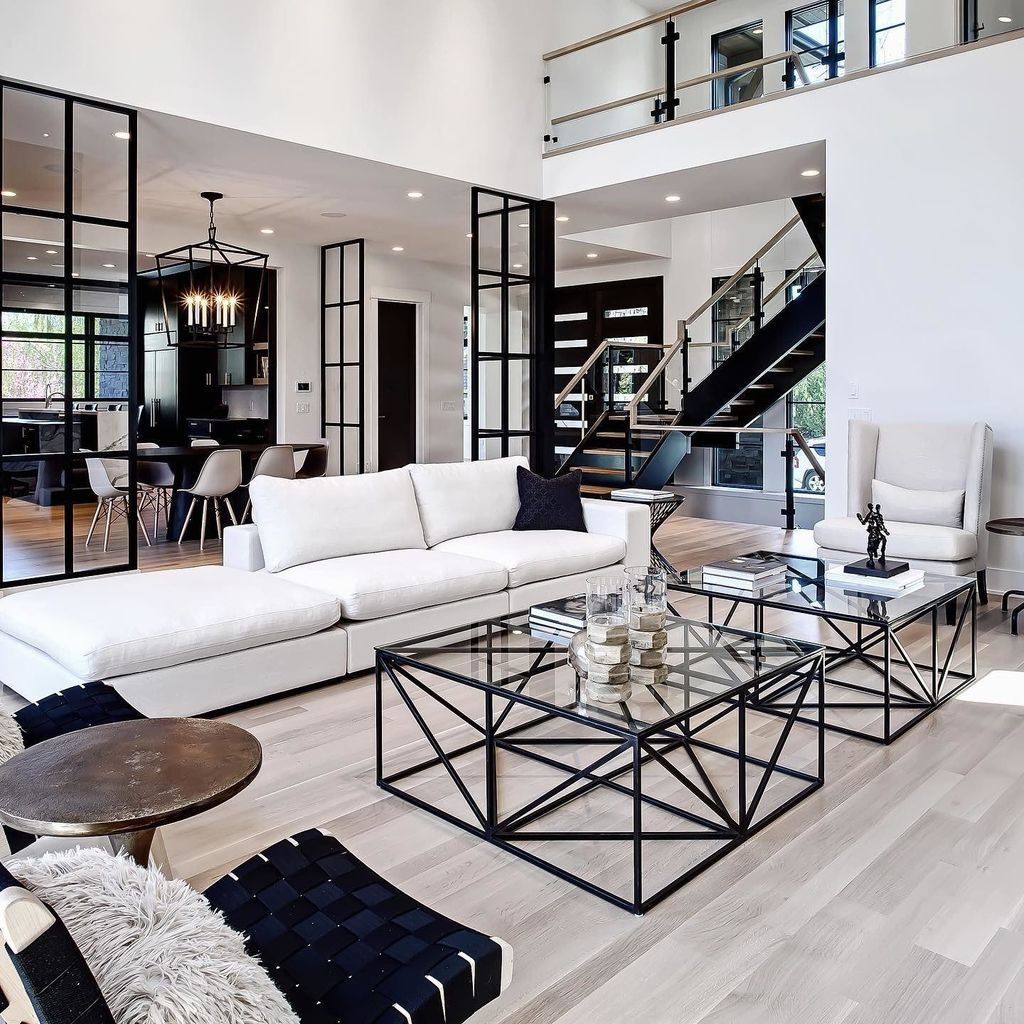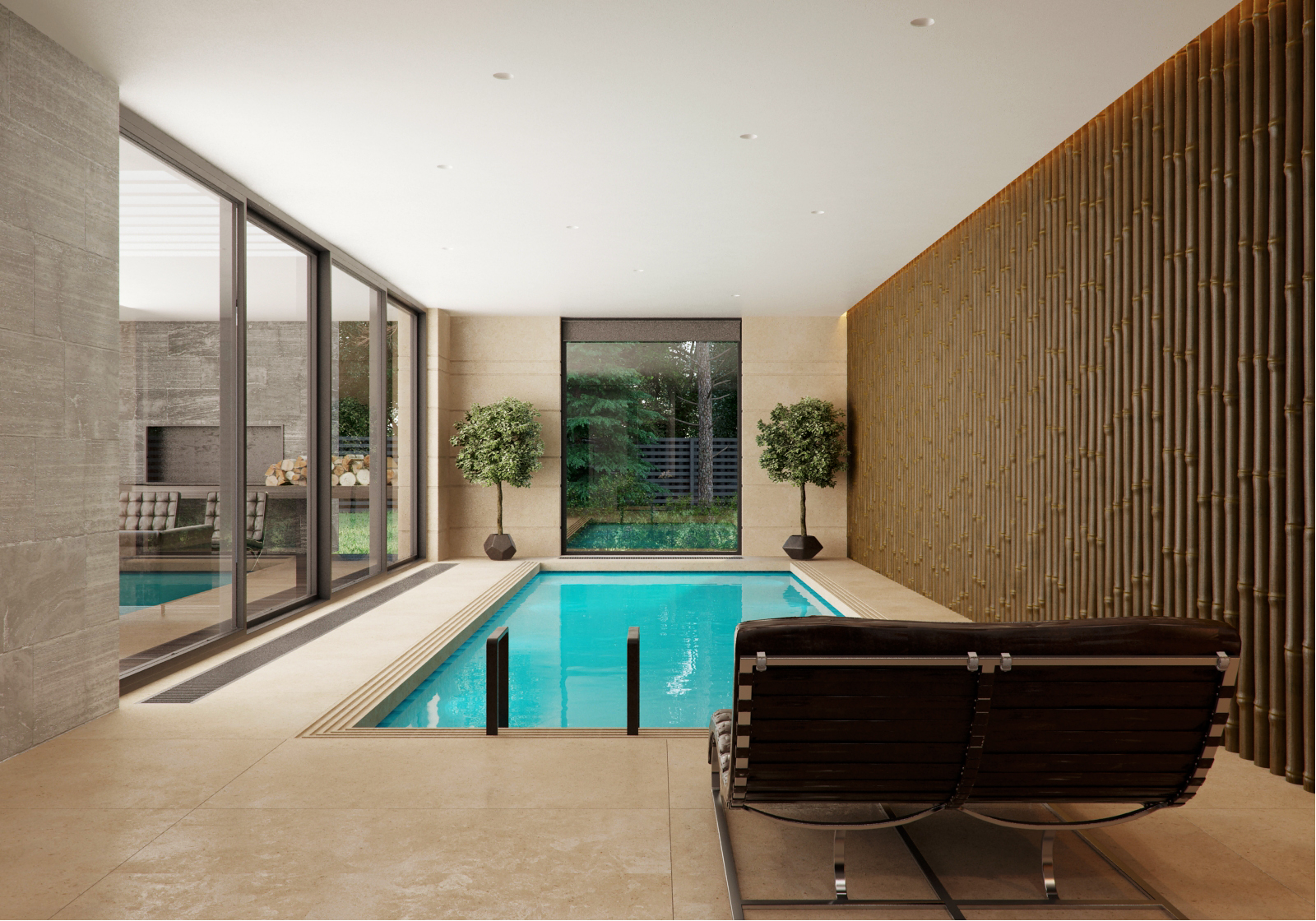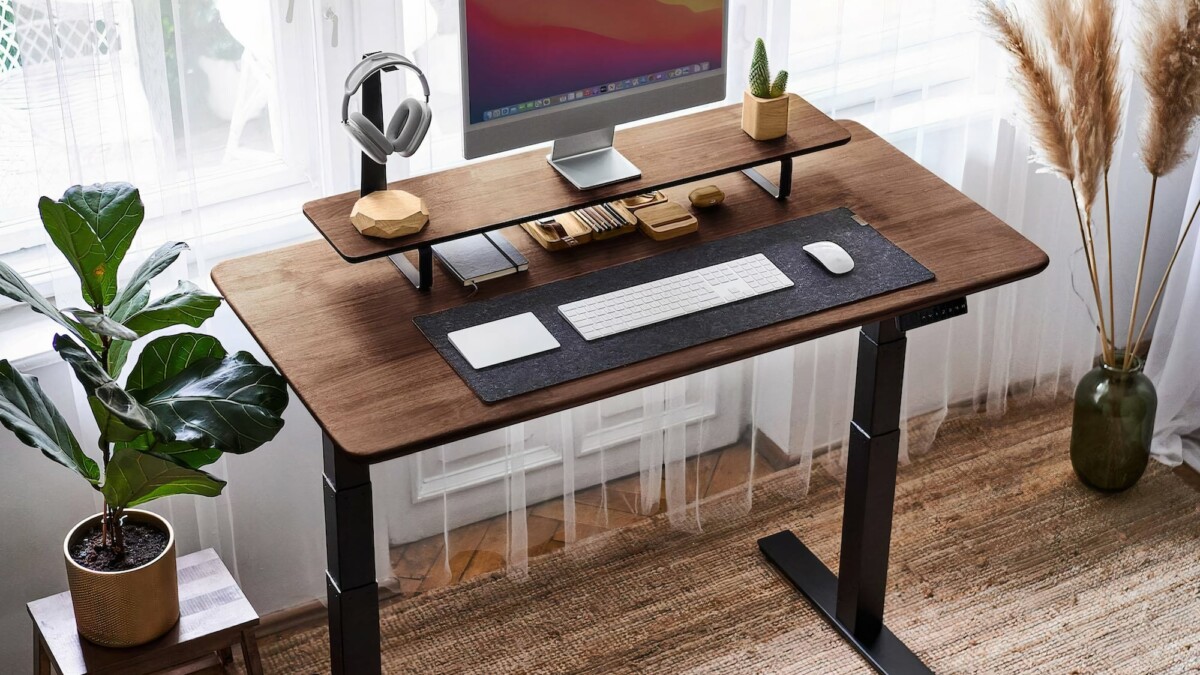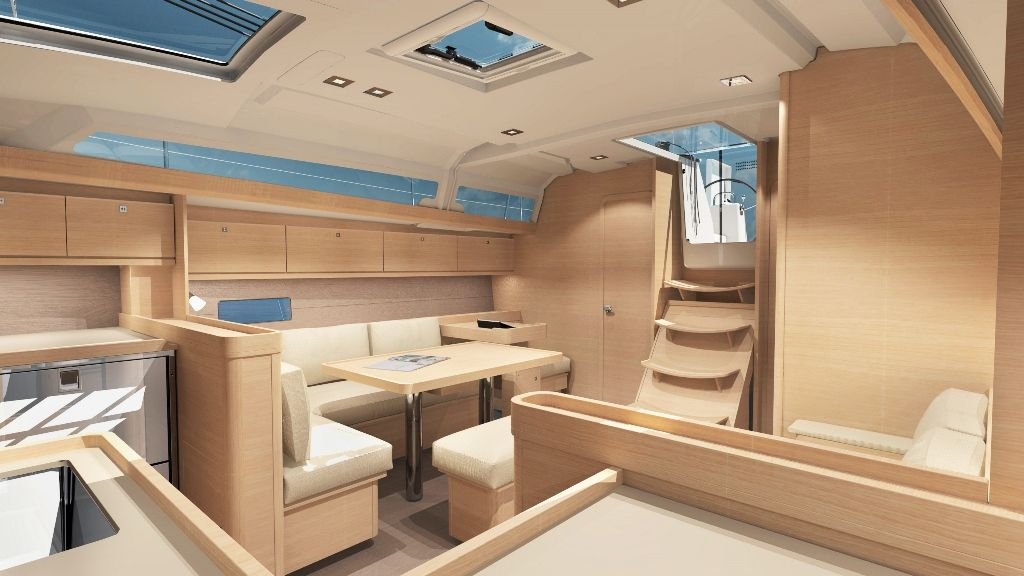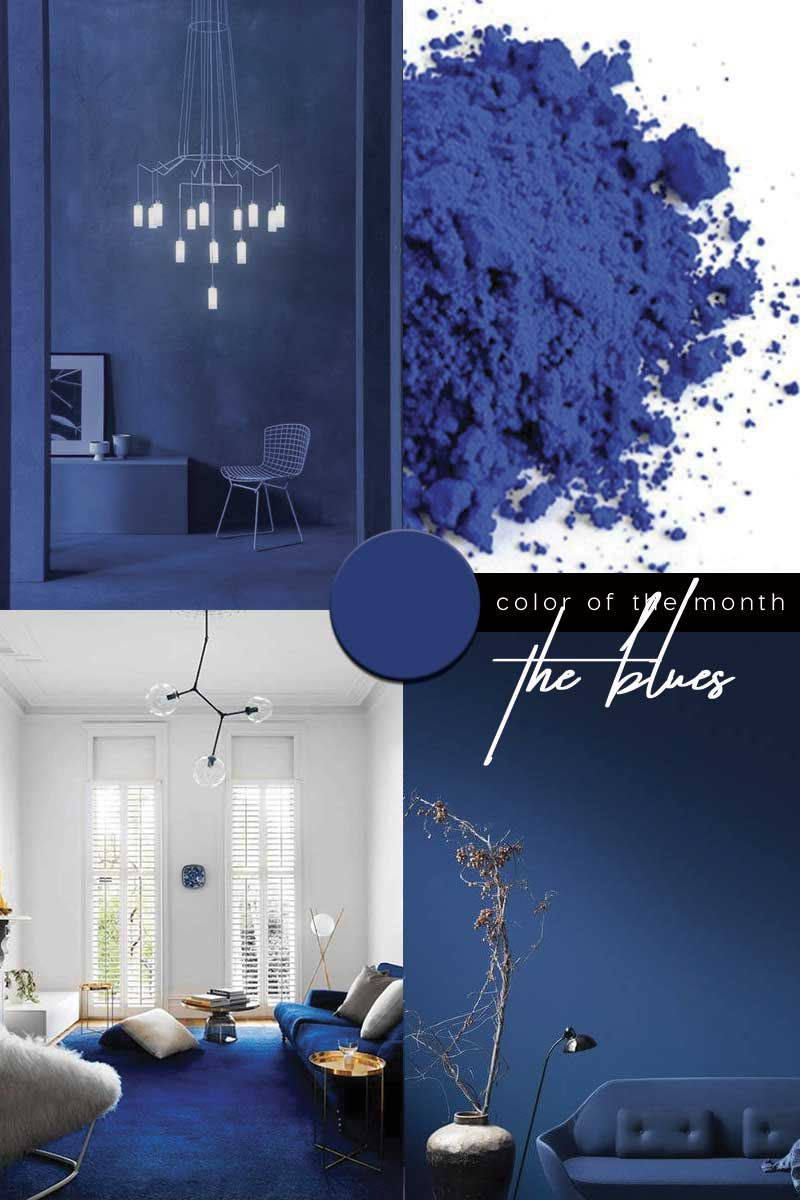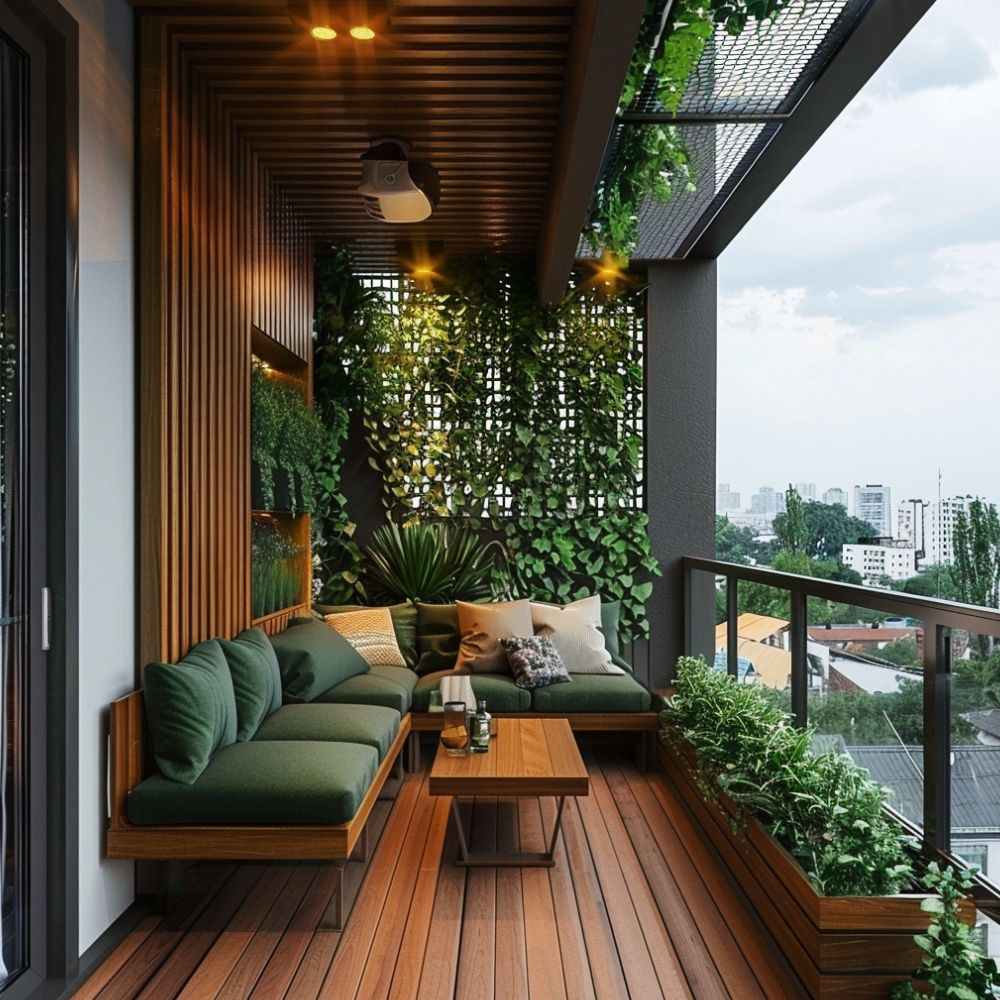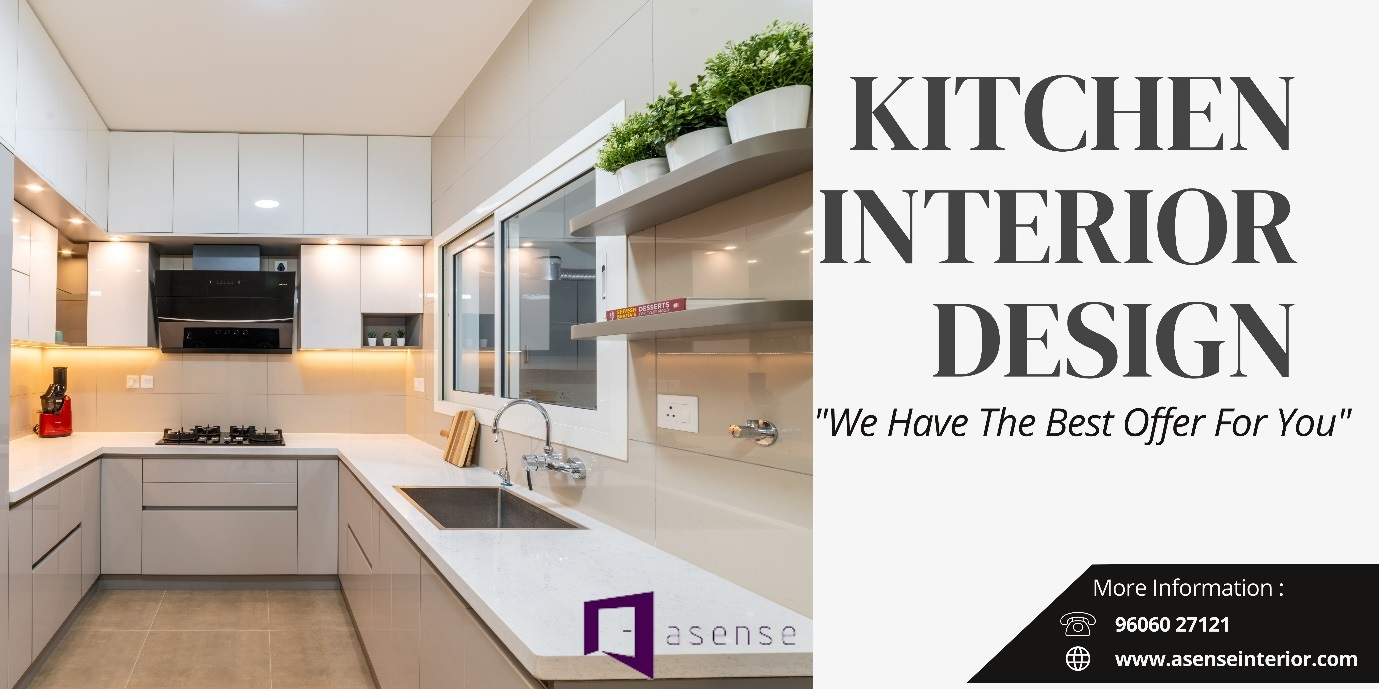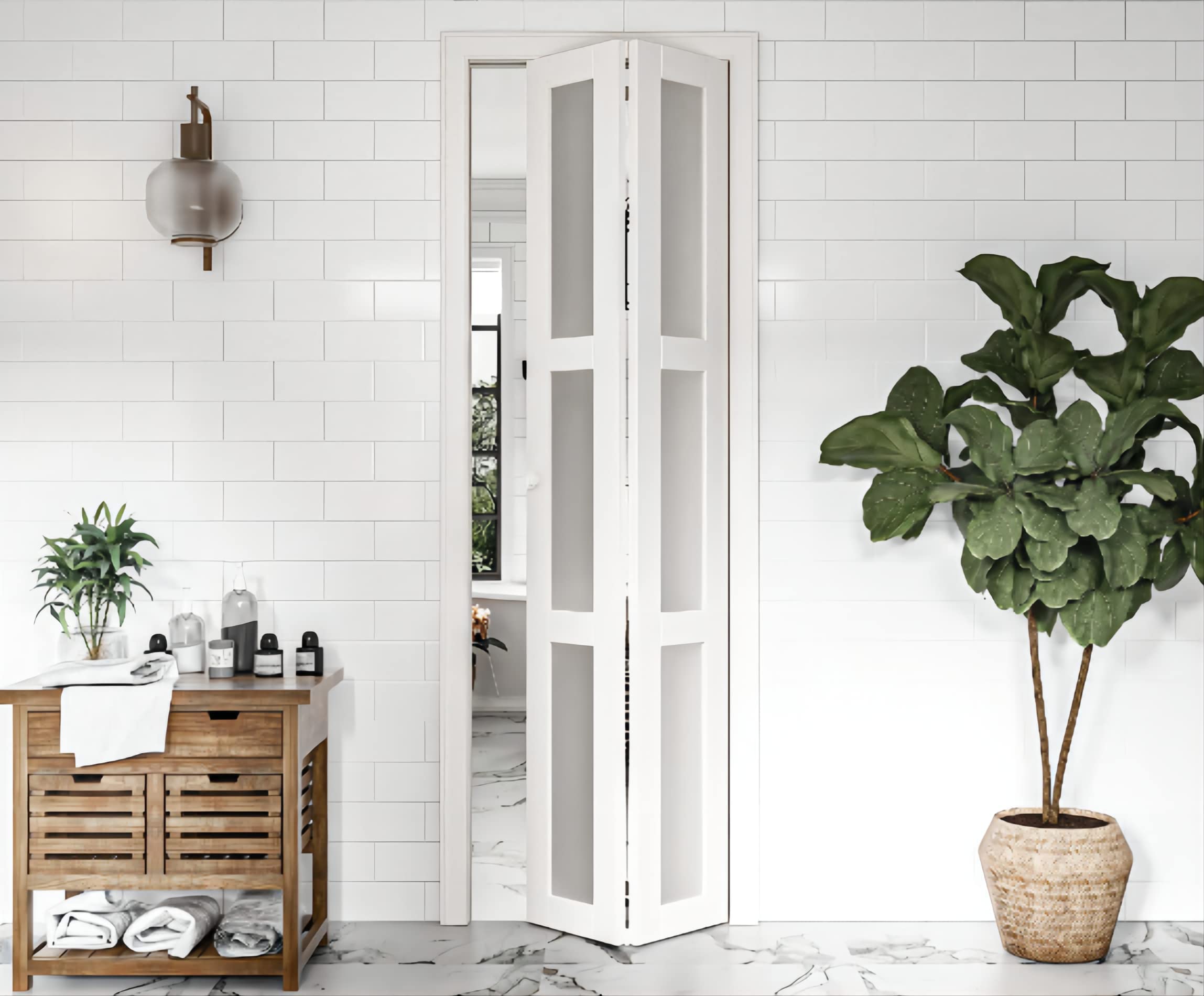We’re all bombarded with the latest ‘must-have’ styles. But what if you’re aiming for something more, something that feels right today and will still resonate years from now? It’s about finding that sweet spot where contemporary design meets lasting appeal. Let’s dive into what really makes a home aesthetic endure.
Walk through any design magazine or scroll through social media, and you’ll see a whirlwind of styles. One moment it’s all about minimalist white, the next it’s maximalist color. But amidst this constant flux, there’s a quieter, more profound movement: the pursuit of enduring modern home aesthetics. It’s not about chasing the newest fad; it’s about understanding the fundamental elements that contribute to a space feeling both fresh and forever relevant. Think about homes that just feel right, no matter when they were designed. What’s their secret? It’s usually a thoughtful combination of simplicity, quality, and a deep connection to how we actually live. We’ll unpack the building blocks of this timeless approach.
The Power of Simplicity: Less is Truly More
At its heart, enduring modern design embraces simplicity. This isn’t about stark, cold emptiness, though. It’s about intentionality. Every element, from the furniture to the light fixtures, serves a purpose and contributes to the overall harmony. Think clean lines, uncluttered surfaces, and a focus on form and function. When you strip away the unnecessary, you reveal the inherent beauty of materials and the thoughtful arrangement of space. Consider the Japanese concept of ‘ma,’ the appreciation of empty space. It’s this mindful use of negative space that allows the chosen elements to breathe and stand out. A simple, well-proportioned sofa in a neutral tone, for instance, will likely be more enduring than a brightly colored, trend-driven piece. It’s about creating a calm, ordered environment that supports well-being.
Material Matters: Quality You Can See and Feel
One of the most significant differentiators of enduring modern homes is the emphasis on high-quality materials. Instead of fleeting finishes, think about natural materials that age gracefully. Wood, stone, and metal, when used authentically and with craftsmanship, develop a patina over time, adding character instead of looking worn out. A solid oak dining table, for example, can last for generations and gain beauty with each passing year. Similarly, a well-made leather armchair might soften and develop a unique character that artificial materials can’t replicate. This isn’t about ostentatious luxury; it’s about valuing durability and the inherent beauty of natural substances. It’s an investment in longevity and a subtle nod to sustainability, because fewer things need to be replaced.
Functionality Meets Form: Designing for Livability
Enduring modern homes are designed with people in mind. How do we actually use our spaces? What makes them comfortable and practical? Functionality isn’t an afterthought; it’s a core principle. This means everything from the layout of the rooms to the placement of outlets and the ergonomics of furniture should make sense for daily life. Think about built-in storage that conceals clutter, maximizing usable floor space. Or consider a kitchen designed for efficient workflow, where everything is within easy reach. The aesthetic appeal stems directly from this intelligent design. When a space works well, it feels good to be in, and that feeling is timeless. It’s about creating solutions that are as beautiful as they are practical, seamlessly integrating everyday living with sophisticated design.
The Nuance of Color and Texture: Creating Depth and Warmth
While simplicity is key, enduring modern design isn’t devoid of warmth or personality. The strategic use of color and texture adds depth and prevents a space from feeling sterile. Think about a palette of sophisticated neutrals – muted grays, warm beiges, soft whites – as a foundation. Then, introduce subtle variations through natural textures: the roughness of linen, the smoothness of polished concrete, the grain of wood. Pops of color, when used thoughtfully, can add personality without overwhelming the senses. A deep forest green accent wall or a collection of richly colored velvet cushions can provide visual interest and a sense of comfort. It’s about layering these elements to create a rich, inviting atmosphere that feels personal and grounded. The aim is a balanced, harmonious environment that soothes and inspires.
Connection to Nature: Bringing the Outdoors In
A powerful element of enduring modern aesthetics is the connection to the natural world. This can manifest in several ways. Large windows that frame views of greenery or the sky are a classic example, blurring the lines between indoor and outdoor living. The use of natural materials, as we’ve discussed, also plays a role. Beyond that, consider incorporating houseplants, which not only purify the air but also add life and organic form to a space. Natural light is paramount – maximizing it creates a sense of openness and well-being. Even the colors and patterns inspired by nature, like subtle leaf motifs or earthy tones, can foster this connection. This biophilic design principle is deeply ingrained in what makes us feel comfortable and at ease.
Personalization and Storytelling: Making it Yours
Perhaps the most crucial element of an enduringly modern home is that it reflects the people who live there. While trends fade, personal history and cherished objects have a lasting power. Incorporating art that speaks to you, heirlooms that carry memories, or books that represent your passions adds a unique narrative to your space. This isn’t about clutter; it’s about curated personal touches that make a house feel like a home. A well-placed photograph, a unique piece of pottery collected on a trip, or a gallery wall of meaningful art can transform a generic space into a deeply personal sanctuary. This personalization is what truly makes a modern aesthetic timeless and uniquely yours. It’s the soul of the home.
So, what’s the takeaway? Crafting an enduring modern home aesthetic isn’t about following a strict set of rules or buying the most expensive items. It’s about a philosophy: prioritizing quality over quantity, simplicity over excess, and functionality over fleeting fashion. It’s about making conscious choices that create spaces that are not only beautiful but also deeply livable and personal. By focusing on these core principles – clean lines, quality materials, thoughtful functionality, balanced color and texture, a connection to nature, and personal expression – you can create a home that feels just right, today and for many years to come. It’s about building a sanctuary that truly supports and reflects your life.

